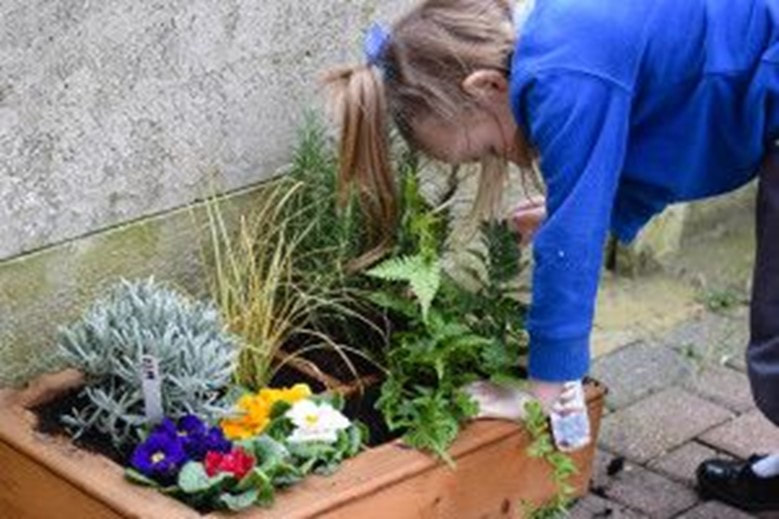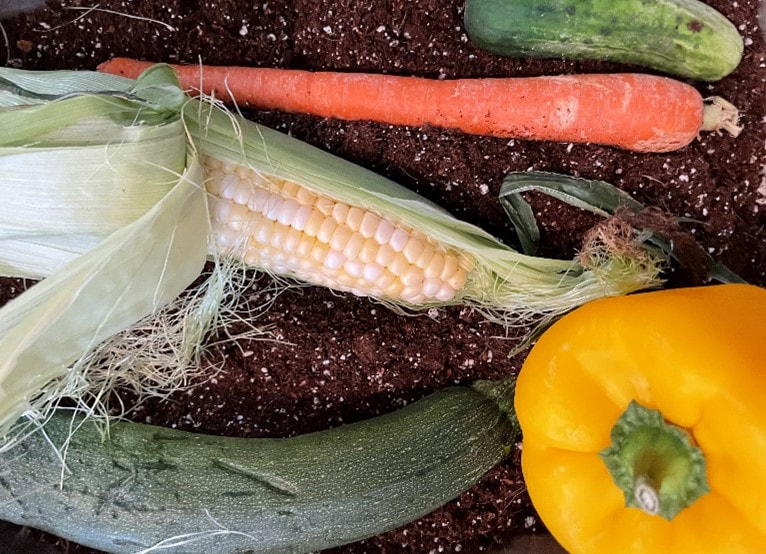Let’s Make a Gardening Sensory Bin
So much learning goes naturally into gardening or just being outside. Even if your child can’t see a flower, they can touch the petals, smell its fragrance, and listen to how it sounds swaying in the breeze. Gardening together is one way to help your child develop an understanding of the outside and how things grow.
However, some children with blindness or a visual impairment are easily overwhelmed by new textures or smells; others have limited mobility that makes getting outside more challenging. A gardening sensory bin makes nature more accessible and it’s easy for families to assemble and experience together. |
What Is a Sensory Bin?
|
Duration
This activity will take 5 to 45 minutes depending on your child’s interest and mood.
Materials Required
|
Activity Steps
|
Extension Activities
Once you’ve made one sensory bin, it’s easy to get creative and come up with your own themes. Make sure the items you put in your bin don’t pose a choking risk for your child. If the item fits inside a toilet paper tube, it’s probably too small. You don’t have to use a plastic bin either; a large stainless-steel bowl is wonderfully reflective and makes a great sound when your child drops a toy in it. Pinterest has many great ideas.
Try some other gardening or outdoor activities together like growing a container garden, making a windchime, or going for a nature walk. |



